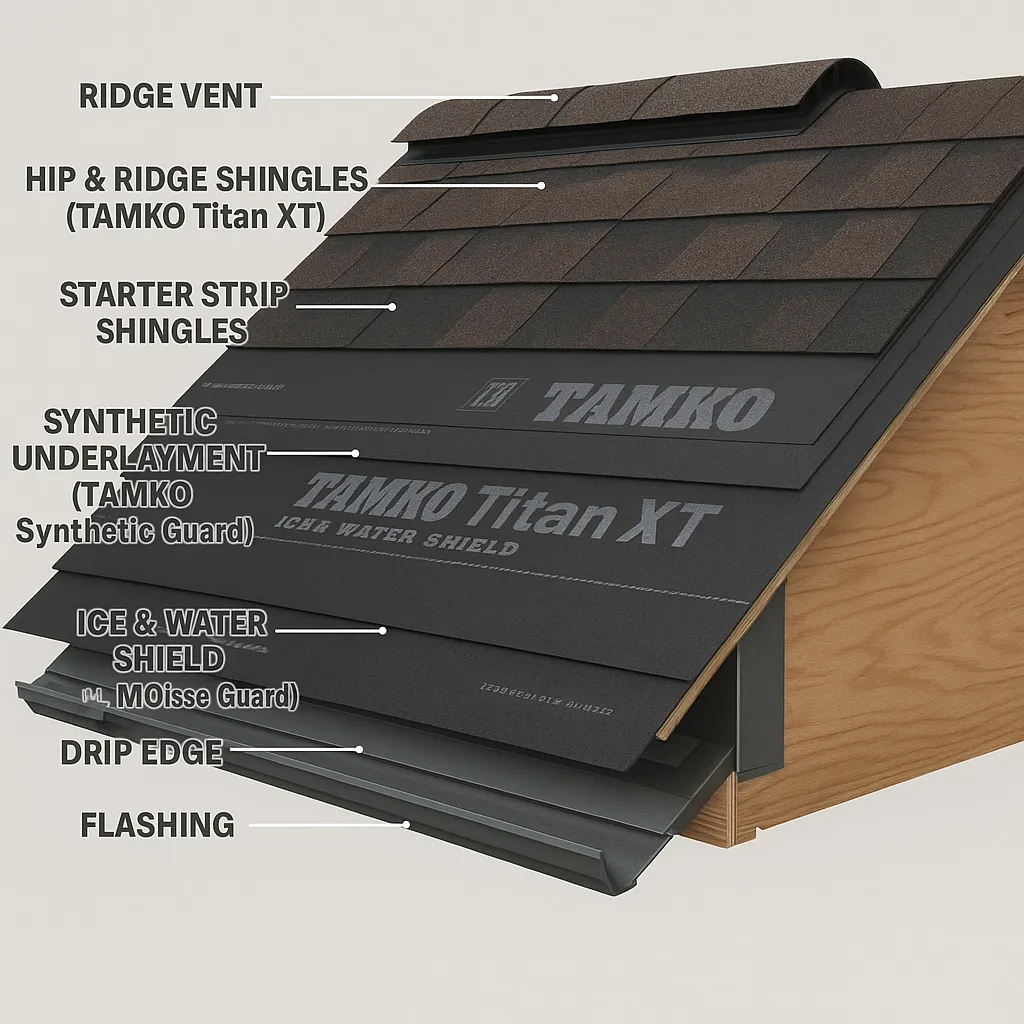
The Role of Underlayment in a Leak-Proof Roof
The Role of Underlayment in a Leak-Proof Roof
The Hidden Layer That Protects Your Home from Water Damage
When people think of a roof, they usually picture shingles—but what’s underneath them plays a crucial role in keeping your home dry. That layer is called underlayment, and it’s the last line of defense against leaks if your shingles fail.
Whether you're dealing with storm damage, wind-driven rain, or melting snow, high-quality underlayment can mean the difference between a minor repair and major interior water damage.
🧱 What Is Roofing Underlayment?
Underlayment is a water-resistant or waterproof material installed directly on the roof deck, beneath the shingles. It serves as a protective barrier in case water gets past the top layer.
There are three main types:
Felt paper (traditional but outdated)
Synthetic underlayment (lightweight, tear-resistant, long-lasting)
Ice & water shield (rubberized, self-sealing, ideal for valleys and eaves)
💧 Why It Matters So Much
Shingles are your first defense—but wind, hail, or improper installation can allow water to sneak past. When that happens, underlayment:
Prevents water from soaking your decking
Helps control leaks from ice dams or wind-driven rain
Protects against wood rot, mold, and interior stains
Without it—or with damaged underlayment—your roof becomes vulnerable to long-term moisture problems.
🛠️ Underlayment in Cold Climates
Here in the Quad Cities, ice & water shield is especially important. We install it along:
Roof valleys
Eaves and edges
Around chimneys, skylights, and vents
This creates a watertight seal in the places most prone to snow buildup and ice damming.
🏠 Not Sure What’s Under Your Shingles?
If your roof is more than 15 years old, chances are the underlayment may be outdated—or already failing. At Twin Bridge Roofing and Construction, we inspect, upgrade, and install full roofing systems that protect from the bottom up.
📞 Call (563) 655-4902
🌐 Visit www.roofqc.com to schedule your free inspection
What’s beneath the surface matters—make sure your roof is truly leak-proof.